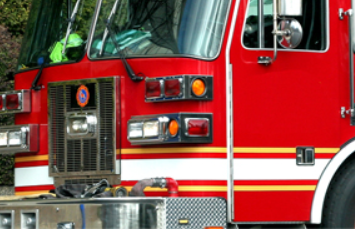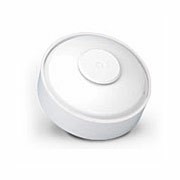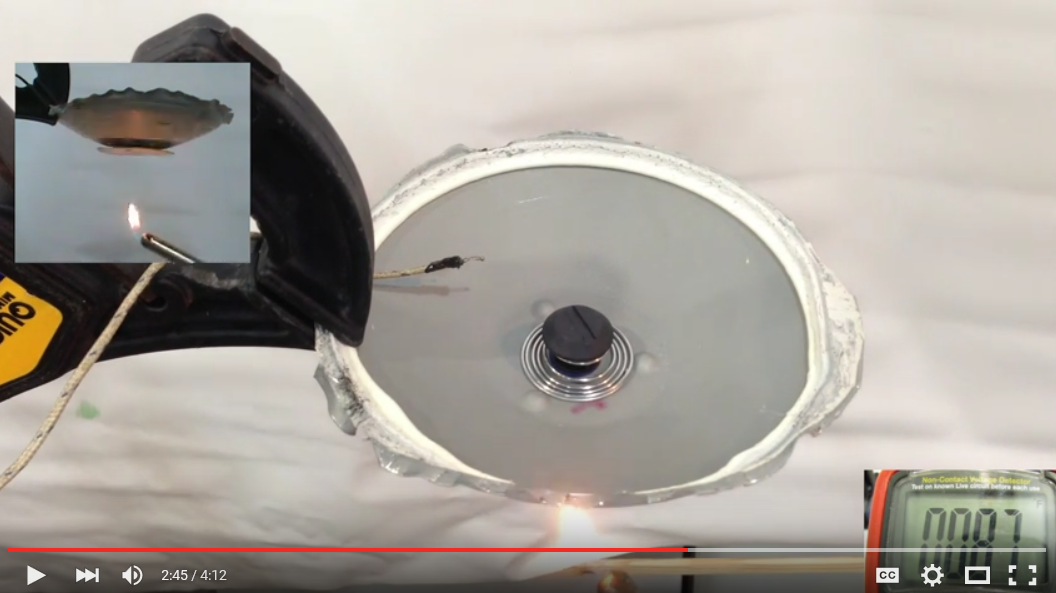October is Fire Prevention month, it is a great opportunity to review your company’s compliance with OSHA’s standard for portable fire extinguishers.
In a recent announcement, Gowrie Group (an insurance agency) stated that “blocked extinguishers are found in most workplaces. This is both unsafe and a sure way to a $7,000 OSHA violation fine…” (Kellie Crete, Gowrie's Safety & Loss Expert).
The Gowie Group offers several recommendations for placement of fire extinguishers in the workplace. Here are a few of their tips. For the full article, please click here.
- Be sure the fire extinguisher is attached to the wall at ‘grab’ height.
- Remove any clutter around the extinguisher.
- Do not block the extinguisher in any way (not even with temporary items you intend to remove later).
- Have at least 36” of clearance around the extinguisher. (The Gowrie Group suggests painting a red or yellow area on the floor to remind employees of this).
- Never hang anything on the extinguisher (such as coats or cords).
Along with being diligent to keep your fire extinguishers stored safely, there are other helpful workplace fire prevention tips to keep in mind. Safety Smart lists the following tips. Visit their website for more:
 From Safety Smart:
From Safety Smart:
1. Practice good workplace housekeeping. Clutter contributes to fires by providing fuel and by preventing access to exits and emergency equipment.
2. Place oily rags in a covered metal container. This waste must be properly disposed of on a regular basis.
3. Maintain machinery to prevent overheating and friction sparks.
4. Report electrical hazards. Many fires start in faulty wiring and malfunctioning electrical equipment. Never attempt electrical repairs unless you are qualified and authorized.
5. Maintain free access to all electrical control panels. Material or equipment stored in front of the panels would slow down the shutting down of power in an emergency situation.
6. Use and store chemicals safely. Read the label and the Material Safety Data Sheet to determine flammability and other fire hazards. Provide adequate ventilation when using and storing these substances.



 There are two main types of heat detectors available:
There are two main types of heat detectors available: 
 In 1993 Best Security Products began with the goal to provide the most current and best home security products and services and the best business security systems in the security industry today.
In 1993 Best Security Products began with the goal to provide the most current and best home security products and services and the best business security systems in the security industry today.